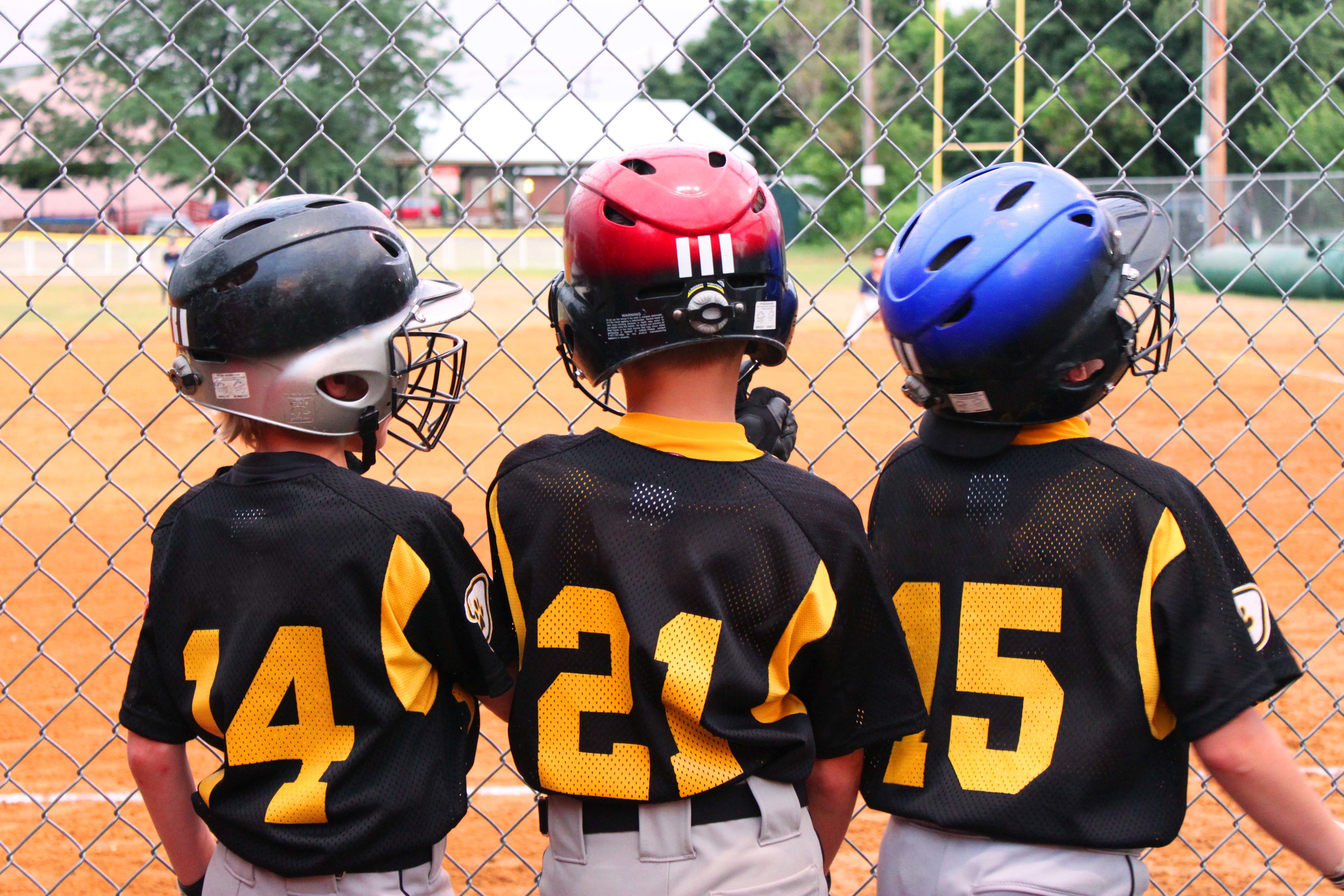The Benefits of Sports
Regular physical activity contributes to healthier, longer lives and offers a wide array of non-physical benefits as well.

Academic and Career Benefits
Youth sports helps young athletes learn important life skills like goal setting and time management, as well as the following:
- High school students, especially female students, who play sports are less likely to drop out.
- Participation in team sports results in a higher GPA for both high school boy and girl athletes.
- Physically active children are 15% more likely to attend college.
- Former student athletes tend to earn significantly higher incomes than those who did not play sports.
- Student athletes earn up to 40% higher test scores

Health and Wellness Benefits
Regular physical activity, fitness and exercise are critically important for the health and well-being of people of all ages.
- Research shows that physically active children are less likely to be obese, have lower health care costs and have reduced risk of heart disease, stroke, cancer and diabetes.
- Teens who participate in team sports are less likely to use drugs, smoke cigarettes and carry weapons.
- Physical activity can enhance a child’s self-perceptions of body, competence and self-worth.
- Organized sports participation may aid in the development of physical skills, such as hand-eye coordination; functional movement skills and strength; and academic, self-regulatory, and general life skills. It also may have positive social benefits, leading to both improved social identity and social adjustment.
Life and Social Benefits
Children who participate in sports, compared to peers who do not play sports exhibit the following:
- Greater personal confidence and self-esteem.
- Stronger peer relationships.
- Greater family attachment and more frequent interactions with parents.
- More likely to volunteer, vote and follow the news.


Sports Safety Matters
Youth athletes receive countless benefits from participation in organized sports whether through a local recreational league, youth sport organization or school. The risk of injury is inherent in sports but the benefits typically outweigh the risks. It is important for youth athletes, parents and community members to understand the risks of sport and take steps to reduce the risk. Athletic trainers play a critical role in providing a safer approach to sports. Parents, coaches and administrators can work together with athletic trainers to make sports as safe as possible and allow youth to reap the many benefits that come with sports.
Unfortunately, many youth athletes play sports in environments that do not prioritize their health and safety, leaving them at an increased risk of injury or illness. This includes teams that have a toxic culture, teams that do not invest in their players' health and teams that do not follow established best practices and policies designed to keep youth athletes safe. Many times funding, lack of community support and access to resources are barriers to implementing these policies, but if schools and communities can provide sports, they have the legal and moral responsibility to provide them in as safe a manner as possible.
Facts About Sports Safety
Sports play an important role in the lives of millions of youth each year. Parents, coaches and community members must be aware of the risks inherent in sports and implement strategies to help reduce risk - such as employing an athletic trainer.

Disparities in Health Care
Health care disparities exist in youth sports. Closing gaps in access to appropriate health care and making sure all athletes have the ability to play sports safely increases long-term health outcomes, reduces health care costs and helps ensure a brighter future.
